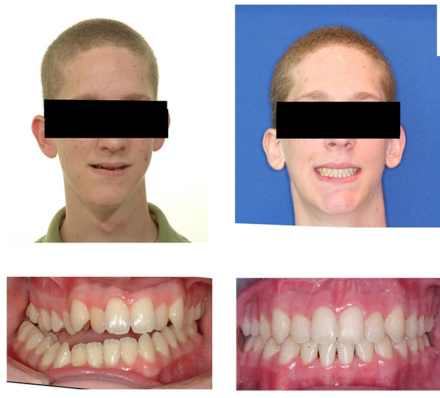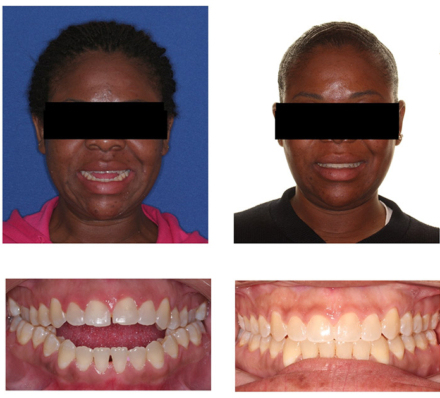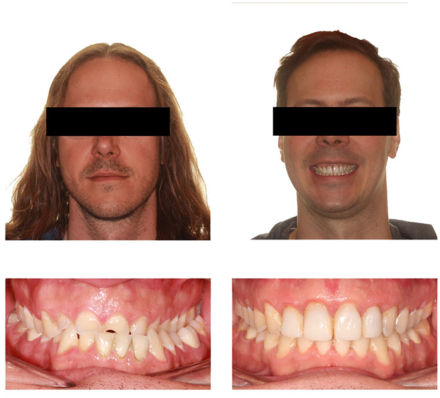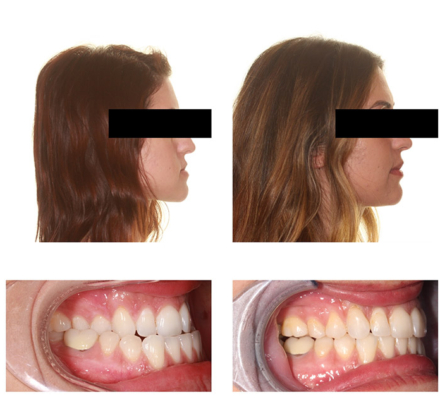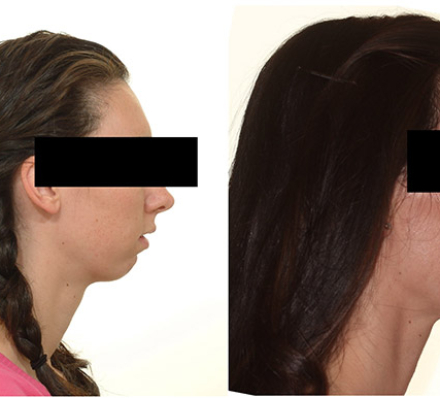Braces and aligners can straighten teeth and give MOST patients a beautiful smile and healthy, functional bite. However, some patients need some additional steps to create their ideal smile. That’s where surgical orthodontic treatment comes in!
In children and teenagers, we can often correct the jaw positions by treating them early while they are still growing.
However, with adults, Dr. Miller and our team explore the idea of jaw surgery (orthognathic surgery) when the upper and lower jaws do not line up correctly and the patient is suffering from severe bite issues. Sometimes the only way to fix the issue is to have the oral surgeon move the jaw to its ideal position. This gives by far the best and most stable long-term results.
Miller Orthodontics: The Best Choice for Your Smile
Experience: Dr. Miller has extensive experience with even the most challenging orthodontic-surgical cases. He only works with the top oral surgeons in Southern California and Orange County. Often times they send him their toughest cases!
Knowledge: Dr. Miller has published articles to illustrate his techniques to other orthodontists and surgeons. He has lectured at national oral surgery meetings (AAOMS) in Las Vegas and Hawaii, as well as to prestigious oral surgery departments, such as the Mayo Clinic.
Treatment Options: Most patients will have surgery along with standard braces, but Dr. Miller has done a number of cases with Invisalign® aligners, and clear ceramic braces. This allows you to choose the type of treatment that you want!
Do you need surgical orthodontics?
If your bite feels really “off” it may be because your teeth are not aligned; however, it may also be a jaw size or jaw position issue. The most common issues we see in patients who require surgical orthodontics include:
- The lower jaw is too big or too small
- The jaw is not centered (asymmetric) or the teeth don’t meet or come together at all
- The smile is too “gummy” indicating an issue with the upper jaw
- TMJ pain
A new area of concern in the medical community is Obstructive Sleep Apnea. A number of patients come to us for jaw surgery to help treat their OSA. In these patients, the procedure is not only life altering, but also possibly lifesaving! It can eliminate CPAP machines and give patients a new lease on life.
Surgical Orthodontic Treatment
After your teeth are aligned by Dr. Miller using braces or aligners at our Orange or Aliso Viejo orthodontic office, the oral surgeon is ready to begin the procedure. Typically, most patients are ready for surgery in six to 12 months from the time they start orthodontics.
An oral and maxillofacial surgeon will perform your orthognathic surgery, and the surgery will take place in a hospital. Orthognathic surgery can take several hours depending on each individual case. You will not be awake during the surgery, as you will be under general anesthesia.
The jaws are “separated” and moved in their correct positions and held there with titanium plates and screws. The bones then heal in about six to eight weeks. Your mouth will NOT be “wired shut.” That was an old technique and is not practiced anymore. You will also not set off any metal detectors at the airport!
After your jaw has healed, Dr. Miller will once again “fine-tune” your bite. After surgery, you will have to wear braces or aligners, and they are removed within six to nine months following surgery. After your orthodontic treatment is over, you will wear a retainer to help maintain your new smile.
Post-Op Instructions
For many patients, the most important reward of having orthognathic surgery is achieving a beautiful, healthy smile that lasts a lifetime.
As with any medical surgery, there are some risks, which you must discuss with the oral surgeon before deciding to proceed. However, most complications are relatively rare and the rewards are enormous. Almost all our surgical patients are thrilled with the results and wouldn’t hesitate to do it again.
Once the surgery is complete, you will have about a two-week rest period. Most older kids will have the surgery done over summer break or winter break. Adults will typically take one to two weeks of vacation from work (depending on the type of job). Some patients who work from home have told us they started working even after a few days!

